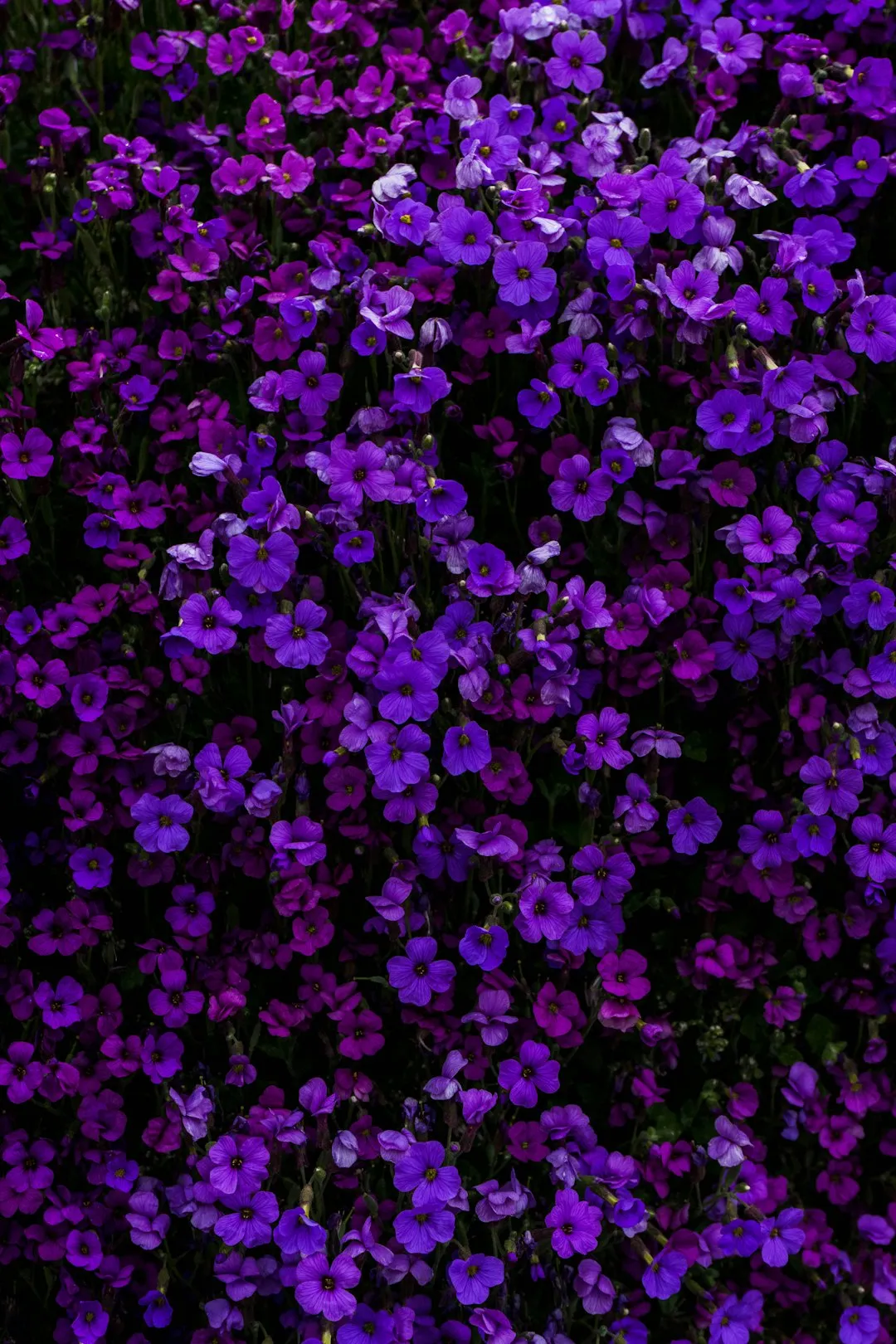Unleashing the Beauty of Lantana: A Gardener's Guide

When it comes to creating a vibrant and pollinator - friendly garden, few plants can match the allure of lantana. This remarkable plant, whether grown as an annual or a perennial, is a true gem in the world of gardening. In this guide, we'll take you through everything you need to know about planting and growing lantana to make your garden a haven of color and life.
Lantana is a heat - loving plant, which makes it an ideal choice for regions with long, hot summers. Its ability to thrive in high - temperature conditions sets it apart from many other annuals. The plant comes in a wide range of vibrant colors, including shades of red, orange, yellow, pink, and purple. These vivid blooms not only add a splash of color to your garden but also serve as a magnet for pollinators such as butterflies, bees, and hummingbirds.
Before you start planting lantana, it's essential to choose the right location. Lantana requires full sun to grow and bloom to its fullest potential. Select a spot in your garden that receives at least six to eight hours of direct sunlight per day. The soil should be well - drained, as lantana doesn't tolerate waterlogged conditions. If your soil is heavy or clay - based, you can improve its drainage by adding organic matter such as compost or well - rotted manure.
When it comes to purchasing lantana plants, you have several options. You can buy them as seedlings from a local nursery or start them from seeds indoors. If you choose to start from seeds, sow them about six to eight weeks before the last expected frost date in your area. Keep the soil moist but not soggy, and place the seed trays in a warm, sunny location. Once the seedlings have developed a few sets of true leaves, they can be transplanted into larger containers or directly into the garden.
When planting lantana in the garden, space the plants about 12 to 18 inches apart. This allows enough room for the plants to spread and grow without overcrowding. Dig a hole that is slightly larger than the root ball of the plant. Gently remove the plant from its container and place it in the hole, making sure the top of the root ball is level with the soil surface. Backfill the hole with soil and gently firm it around the plant. Water the newly planted lantana thoroughly to help settle the soil.
One of the great advantages of lantana is its relatively low maintenance requirements. Water the plants regularly, especially during dry spells, but avoid over - watering. Lantana is drought - tolerant once established, so it can withstand short periods of dryness. Fertilize the plants every four to six weeks during the growing season with a balanced, slow - release fertilizer. This will provide the necessary nutrients for healthy growth and abundant flowering.
Pruning is an important aspect of lantana care. Regular pruning helps to keep the plants compact and encourages new growth and more blooms. You can prune lantana throughout the growing season by removing any dead, damaged, or diseased branches. You can also pinch back the tips of the branches to promote bushier growth. In the fall, after the first frost, you can cut back the lantana plants to about six inches above the ground. This will help the plants survive the winter and come back stronger in the spring.
Another benefit of lantana is its resistance to many common pests and diseases. However, like all plants, it can still be affected by some issues. Aphids, whiteflies, and spider mites can sometimes infest lantana. You can control these pests by using insecticidal soap or neem oil. If you notice any signs of disease, such as powdery mildew or leaf spot, remove the affected leaves and treat the plant with a fungicide.
In conclusion, lantana is a wonderful addition to any garden. Its vibrant colors, ability to attract pollinators, and low - maintenance nature make it a favorite among gardeners. By following the tips in this guide, you can successfully plant and grow lantana in your own garden and enjoy its beauty for years to come. Whether you're a beginner gardener or an experienced horticulturist, lantana is sure to bring joy and color to your outdoor space.